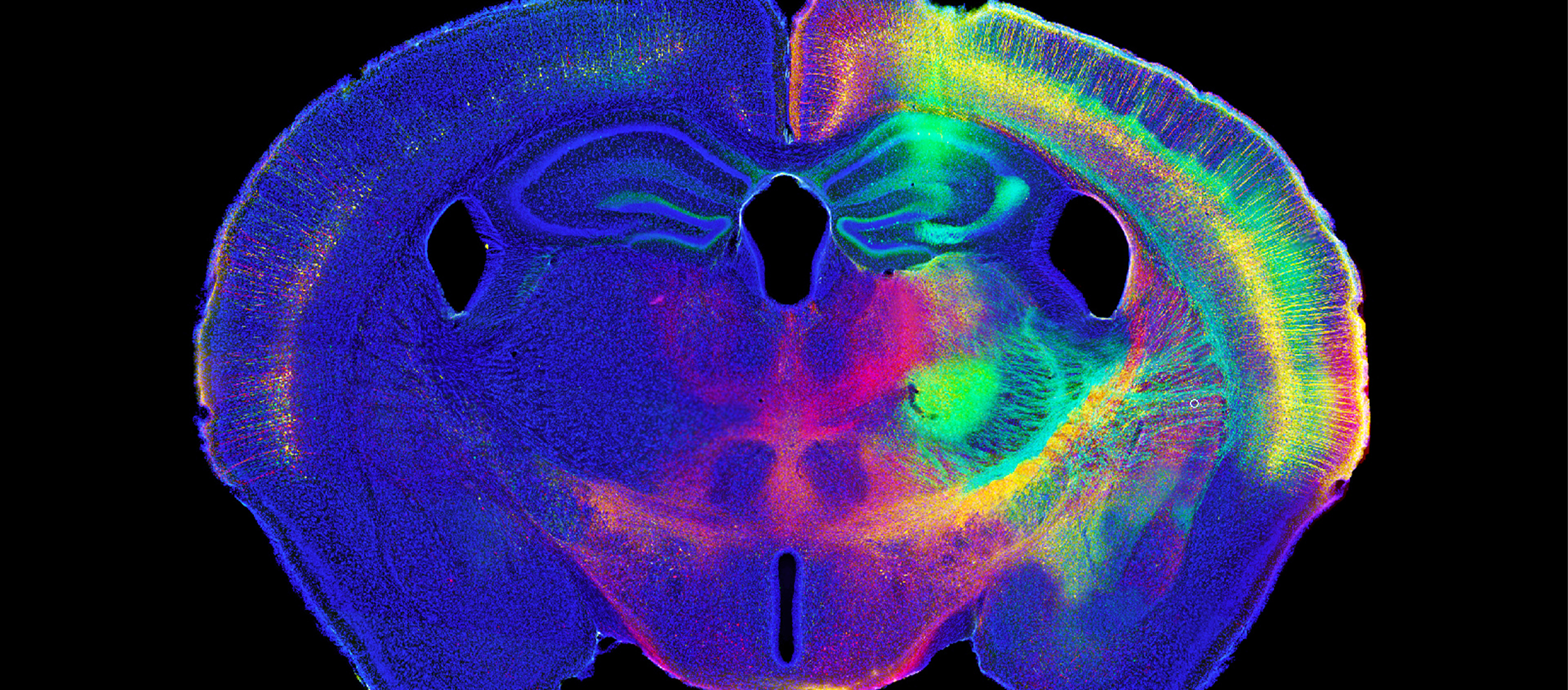There's a groundbreaking new tool in town. It's called WormLab, and it's going to revolutionize the way scientists analyze the behavior of C. elegans – tiny worms used as model organisms in research studies. WormLab helps scientists analyze the locomotion and behavior of C. elegans by providing precise information and analyses about their speed, direction, position, and wavelength. The software can track multiple worms as they...
Read More
MBF Bioscience Blog
Rats lose brain cells as they get older. But that doesn't mean they can't find their way through a water maze as quickly as their younger cohorts can. Using unbiased stereology to quantify neurons in the prefrontal cortex of young and old rats, scientists at John Hopkins University in Baltimore found the total neuron number in the dorsal prefrontal cortex (dPFC) decreases with age. But despite...
Read MoreWe were honored to receive the Chittenden Emergency Food Shelf's 16th Annual Ben Blood Anti-Hunger Award last week. For over ten years MBF Bioscience has supported the organization, which provides fresh produce, bread, and groceries to Vermont families in need. “I have seen how beneficial the food shelf's work is,” said MBF Bioscience President Jack Glaser. “They provide a really important service to people who are...
Read MoreDraw the shades, hit the lights, it's time for bed. Researchers at the University of California at Los Angeles say the best sleep happens in the dark, and they've identified the neurons responsible for this function. They’re located in the hypothalamus, a region of the brain that controls things like hunger, body temperature, and sleep, these neurons release hypocretin, a neurotransmitter which tells the brain...
Read MoreIn the period of juvenile life, between birth and adulthood, a mouse brain adds a significant number of new neurons; nearly doubling their number in some regions. Researchers at the University of California Los Angeles published their findings last week in Frontiers in Behavioral Neuroscience. Their findings showed that these new neurons may aid in the development of several cognitive skills. Using a transgenic mouse model...
Read MoreA rat uses its whiskers to get information about its environment. As it scurries along the subway tracks, or burrows into a dumpster, its whiskers send signals to ascending parts of its brain that let it know for example, whether it is safe to jump over that gap or not. Scientists at the Max Planck Florida Institute are studying the functional responses of neurons in the...
Read MoreDr. Henry Markram has modeled a million neurons and a billion synapses since launching The Blue Brain Project six years ago, he said in a recent interview in Science. His ultimate goal is to create a detailed supercomputer model of the brain complete with every last pathway. The first step, the Switzerland based neuroscientist and longtime MBF Bioscience customer says, is to develop an automated...
Read MoreUsing Neurolucida, microscopy, and mice genetically engineered to express a random amount of red, yellow, and blue fluorescent proteins, Okinawa Institute of Science and Technology researcher Hermina Nedelescu has created a fascinating and hypnotic movie of neurons. Nedelescu and colleagues at the Institute's Computational Neuroscience Unit used Neurolucida and its Virtual Tissue 3D Extension Module and Montaging tools to acquire and stitch together multiple images of Purkinje cells—large neurons that...
Read MoreA willowy pair of pyramidal cells engage in an intricate dance with a dense mass of basket cells on the cover of the September 14, 2011 issue of the Journal of Neuroscience. This exquisite image illustrates recent work by Columbia University researchers Dr. Adam M. Packer and Dr. Rafael Yuste, who used Neurolucida to study circuit connectivity in the mammalian neocortex. According to the paper "Successfully filled...
Read MoreHelmet, neck roll, shoulder pads, thigh pads, knee pads, mouth guard...
Read More










